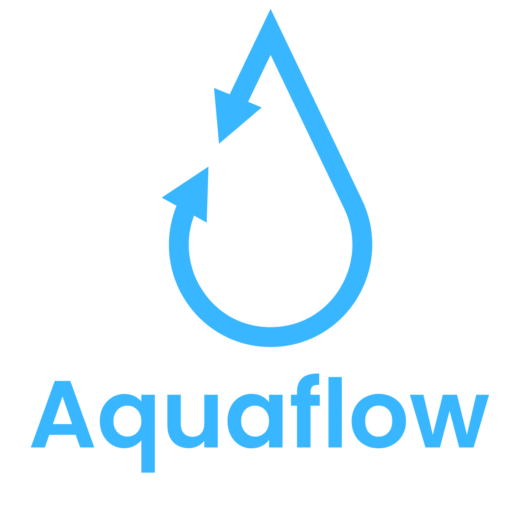Introduction:
Groundwater remediation refers to the process of treating and restoring groundwater contaminated by various pollutants, such as industrial chemicals, pesticides, and heavy metals. Groundwater is a vital natural resource that provides drinking water to a significant portion of the global population. However, due to human activities and environmental factors, it often becomes polluted, posing risks to both human health and ecosystems. Groundwater remediation aims to mitigate these risks and restore the quality of this essential water source.
Methodology
Pump-and-Treat: This is a common technique where contaminated groundwater is extracted using wells or pumps and then treated to remove or neutralize the pollutants. Treatment methods may include physical processes (filtration), chemical processes (oxidation, reduction), or biological processes (bioremediation).
-
In-situ Bioremediation: This method involves stimulating the growth of naturally occurring microorganisms in the contaminated aquifer. These microorganisms can degrade or transform pollutants into less harmful substances through biological processes. Biostimulation and bioaugmentation are two approaches used to enhance bioremediation effectiveness.
-
Soil Vapor Extraction: This technique is employed when volatile contaminants have seeped into the soil and groundwater. It involves the extraction of vapors from the soil and groundwater using vacuum systems. The extracted vapors are then treated to remove the pollutants.
-
Permeable Reactive Barriers: In this approach, reactive materials (e.g., activated carbon, zero-valent iron) are placed in the groundwater flow path to remove or immobilize contaminants. As groundwater flows through the barrier, the reactive materials facilitate the degradation, sorption, or precipitation of pollutants.
-
Chemical Oxidation/Reduction: Chemical agents, such as hydrogen peroxide or activated carbon, are introduced into the contaminated groundwater to chemically degrade or transform pollutants. Oxidation reactions break down organic contaminants, while reduction reactions convert toxic substances into less harmful forms.
